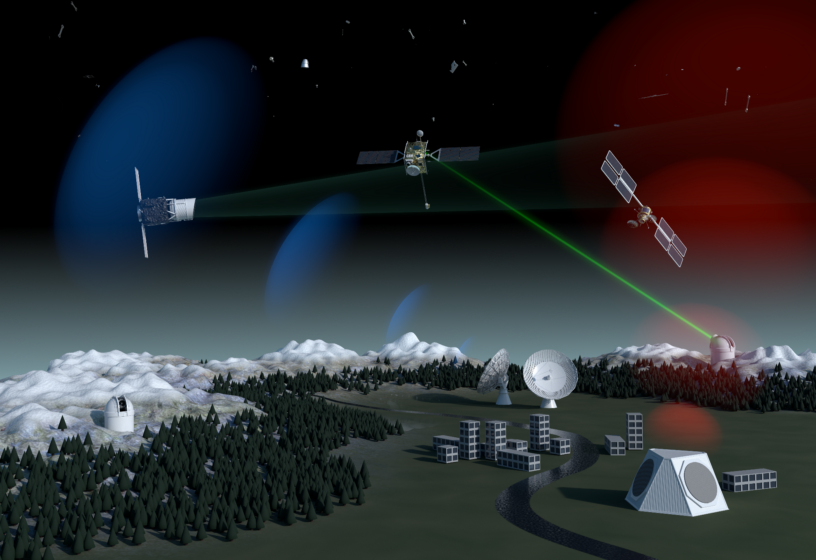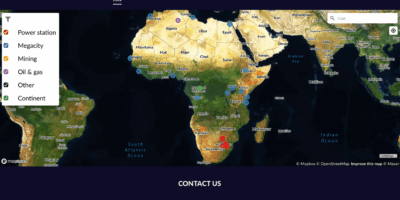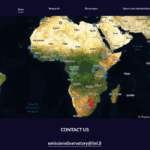According to predictions, the Reaktor Hello World satellite was expected to enter the Earth’s atmosphere sometime at the end of October. The estimated time window varied from the 20th to the 26th of October.
The exact time of entry into the atmosphere cannot be determined without radar observations, but the last telemetry data was sent down by the satellite on October 21th. and according to even a couple of predictions, the satellite would have finally burned up in the Earth’s atmosphere on October 22th or 23th. As the Reaktor Hello World was a very small satellite (2-unit CubeSat), no pieces of it landed the Earth’s surface. A more precise atmospheric entry and destruction time can be confirmed if observations (radar, etc.) from the last moments of the orbiting satellite are obtained.
The Finnish Meteorological Institute also diligently followed Reaktor Hello World’s return to Earth. We even made our own forecasts, which were quite well in line with international forecasts and the dates of the final re-entry into the atmosphere. This was good preparation for the activities of the National Space Situational Awareness Center.
Officially, Reaktor Hello World was the first Finnish satellite to re-enter into the Earth’s atmosphere. In some contexts, Aalto-2, which has already re-entered and burned in the Earth’s atmosphere, has been mentioned as a Finnish satellite, but the satellite was in the Belgian space object registry. By this reason, it is not officially considered as a Finnish satellite, although of course all its operation and manufacturing were done in Finland.
However, Reaktor Hello World was not the first space object (meaning all devices sent into space, not just satellites) to burn up in the Earth’s atmosphere. The archives include e.g. instruments and other space technology of Finnish origin that reached low Earth orbit with Mars-96 mission launch. Unfortunately, Mars-96 never got close to Mars, but as a result of a failed launch, it burned up in the Earth’s atmosphere. Despite this, the Finnish technology involved reached the official limit of space, so it can be said that the instruments were in space.
Sources: Avaruusinsinööri blog (in Finnish) and FMI
More: Kuva Space, https://kuvaspace.com/reaktor-hello-world-bids-adieu/








Leave a Reply
You must be logged in to post a comment.